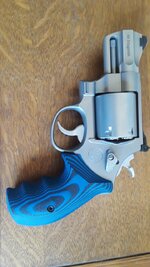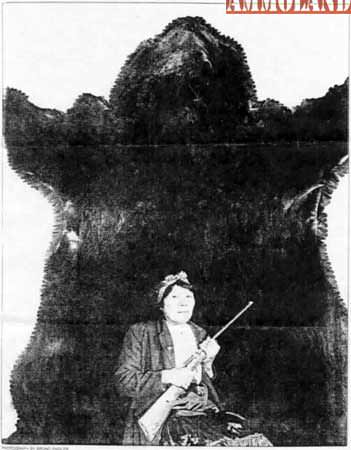- Messages
- 855
- Reactions
- 3,350
40+ pages... will we ever know if @Certaindeaf has enough firepower? What caliber did he go with? LolI came into this thread knowing nothing about cougars. After reading through this whole thing(mostly) I've come to one conclusion. What it takes to kill a cougar up in a tree or off in the distance is different than what it might take to kill one in attack mode. Not only because of its adrenaline but also because of yours. So, go big or go home
I do know that I am planning to build a 10mm now, parts are on order... and the hunt for the harder to find parts is on.
-Robert














